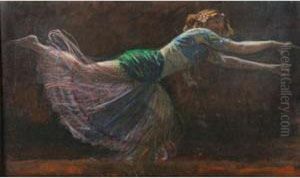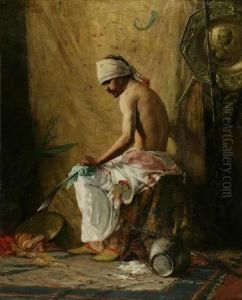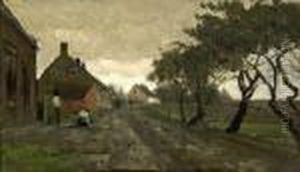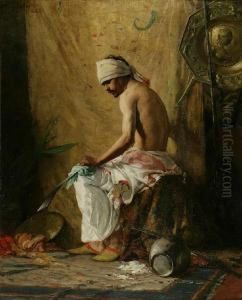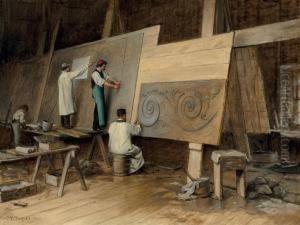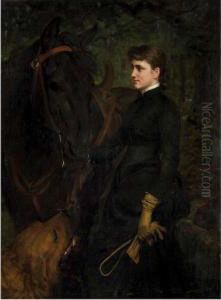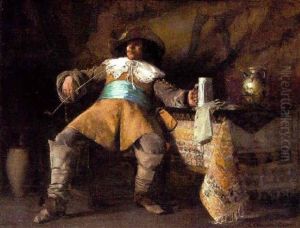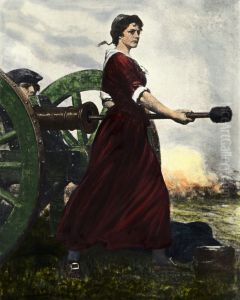Charles Yardley Turner Paintings
Charles Yardley Turner was an American artist born on November 25, 1850, in Baltimore, Maryland. He grew up in a time when the American art scene was beginning to establish its identity, moving away from European influences and towards a more domestically inspired aesthetic. Turner's early life in Baltimore provided him with the foundational experiences that would shape his artistic career, characterized by a strong emphasis on narrative, historical themes, and an innate ability to capture the human spirit.
Turner pursued his formal art education at the Maryland Institute in Baltimore and later at the National Academy of Design in New York. His quest for artistic mastery led him to Paris, where he studied under the tutelage of Jean-Léon Gérôme, a prominent figure in the French academic art world. This experience enriched Turner's artistic vocabulary, blending his American sensibilities with European techniques and sensibilities. After completing his studies abroad, Turner returned to the United States, where he would spend most of his career.
Throughout his life, Turner was deeply involved in the American art community. He was a member of several prestigious art organizations, including the National Academy of Design, where he served as president from 1905 to 1909, and the American Watercolor Society. His works were exhibited widely across the United States and garnered numerous awards, reflecting his status as a respected figure in American art.
Turner's oeuvre is diverse, including murals, portraits, landscapes, and genre scenes. However, he is perhaps best known for his murals, which can be found in significant public buildings across the country, such as the Library of Congress and the Baltimore Court House. These works are celebrated for their grandeur, intricate detail, and the ability to convey complex narratives and emotions, showcasing Turner's mastery over large-scale compositions.
Despite his successes, Turner's work, like that of many of his contemporaries, fell out of favor in the years following his death as artistic tastes shifted towards modernism. However, recent years have seen a renewed interest in his contributions to American art, with scholars and collectors alike reevaluating his legacy.
Charles Yardley Turner passed away on March 29, 1919, in New York City. His life and work remain a testament to the rich tapestry of American art in the late 19th and early 20th centuries, bridging the gap between the academic traditions of Europe and the burgeoning art scene in the United States. Turner's dedication to his craft and his impact on American art history continue to be appreciated by those who study and admire the period.
